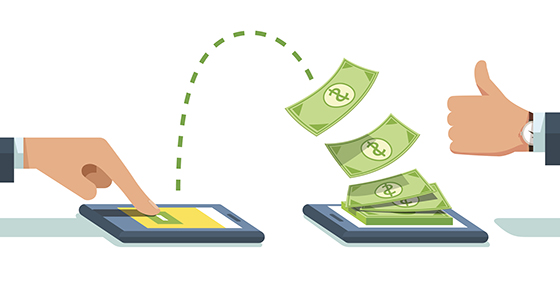
Like most businesses, you’ve probably experienced a significant increase in the number of customers who prefer to make cashless payments. And you may be wondering: How does the acceptance of these types of transactions affect the auditing of your financial statements?
Cashless transactions require the exchange of digital information to facilitate payments. Instead of focusing on the collection and recording of physical cash, your auditors will spend significant time analyzing your company’s electronic sales records. This requires four specific procedures.
1. Identifying accepted payment methods
Auditors will ask for a list of the types of payments your company accepts and the process maps for each payment vehicle. Examples of cashless payment methods include:
- Credit and debit cards,
- Mobile wallets (such as Venmo),
- Digital currencies (such as Bitcoin),
- Automated Clearing House (ACH) payments,
- Wire transfers, and
- Payments via intermediaries (such as PayPal).
Be prepared to provide documents detailing how the receipt of cashless payments works and how the funds end up in your company’s bank account.
2. Evaluating roles and responsibilities
Your auditors will request a list of employees involved in the receipt, recording, reporting and analysis of cashless transactions. They will also want to see how your company manages and monitors employee access to every technology platform connected to cashless payments.
Evaluating who handles each aspect of the cashless payment cycle helps auditors confirm whether you have the appropriate level of security and segregation of duties to prevent fraud and misstatement.
3. Testing the reconciliation process
Auditors will review prior sales reconciliations to test their accuracy and ensure appropriate recognition of revenue. This may be especially challenging as companies implement the new accounting rules on revenue recognition for long-term contracts. Auditors also will test accounting entries related to such accounts as inventory, deferred revenue and accounts receivable.
4. Analyzing trends
Cashless transactions create an electronic audit trail. So, there’s ample data for auditors to analyze. To uncover anomalies, auditors may, for example, analyze sales by payment vehicle, over different time periods and according to each employee’s sales activity.
If your company has experienced payment fraud, it’s important to share that information with your audit team. Also tell them about steps you took to remediate the problem and recover losses.
Preparing for a cashless future
Before we arrive to conduct fieldwork, let’s discuss the types of cashless payments you now accept — or plan to accept in the future. Depending on the number of cashless methods, we’ll amend our audit program to review them in detail.
© 2019

